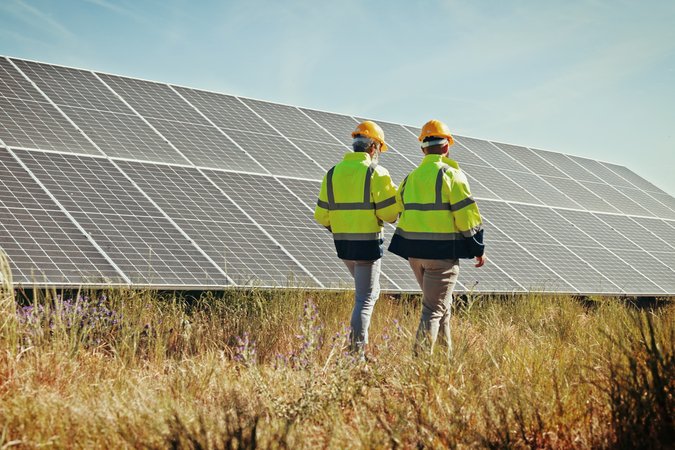Air Emissions of Ammonia and Methane from Livestock Operations: Valuation and Policy Options
The animal husbandry industry is a major emitter of methane, which is an important greenhouse gas. The industry is also a major emitter of ammonia, which is a precursor of fine particulate matter—arguably, the number-one environment-related public health threat facing the nation. We present an integrated process model of the engineering economics of technologies to reduce methane and ammonia emissions at dairy operations in California. Three policy options are explored: greenhouse gas offset credits for methane control, particulate matter offset credits for ammonia control, and expanded net metering policies to provide revenue for the sale of electricity generated from captured methane gas. Individually, any of these policies appears to be sufficient to provide the economic incentive for farm operators to reduce emissions. We report on initial steps to fully develop the integrated process model that will provide guidance for policymakers.
Animal wastes from dairy farms, cattle feedlots, and other livestock operations generate huge amounts of methane, a key greenhouse gas, as well as ammonia, a chemical that creates fine airborne particulates that harm human health. In recent years, policy makers have sought to encourage livestock operations to adopt technologies or farm practices that could reduce these harmful agricultural emissions.
In a recent paper, RFF researchers looked into the policy options to capture of methane and turn it into valuable electricity. Using an integrated process economic model, they identified market incentives that could be used to reduce the harmful emissions – thus providing climate and health benefits – and generate electrical power as well. Three specific policy options are explored: greenhouse gas offset credits for methane control, particulate matter offset credits for ammonia control, and expanded net metering policies to provide revenue for the sale of electricity generated from captured methane gas.
The paper, by Jhih-Shyang Shih, Dallas Burtraw, Karen Palmer, and Juha Siikamäki, was published in JAWMA, the Journal of the Air & Waste Management Association (September 2008). The report was updated from an earlier paper published by RFF entitled “Air Emissions of Ammonia and Methane from Livestock Operations: Valuation and Policy Options” (2006).
The study focused on California, the nation’s top dairy state, which produces about one-fifth of all U.S. milk production. Each year, cows in that state produce 70 billion tons of manure – more solid organic waste than the state’s 35 million humans generate.
By using large manure capture tanks known as digesters, the authors note, dairy farms can generate and collect biogas that can be burned for heat or to run electricity generators. Not only does the process produce extra income for dairy farmers, but it curbs releases of ammonia and methane into the atmosphere.
Such practices are being used increasingly across the country. A 2008 article in The New York Times profiled a dairy farm in Vermont with more than 1,000 cows. Waste from their dairy and the nearby Ben & Jerry’s ice cream plant enable the farm hourly produce 250 to 300 kilowatt of electricity, enough to power around 350 homes.
In their JAWMA paper, the authors cite a California dairy that could generate more than 56,000 kilowatt hours a month – enough to power the entire operation and a surplus to sell to the electricity grid.
Their findings, the authors note, “will be essential to future public policymaking that may give rise to new markets for emissions reductions or to direct financial and technical assistance for emissions control technologies in agriculture. The institutions we characterize and the incentives they would provide are natural extensions of recent evolution in environmental and agricultural policy and could improve the efficiency of emissions management from a social perspective.”






